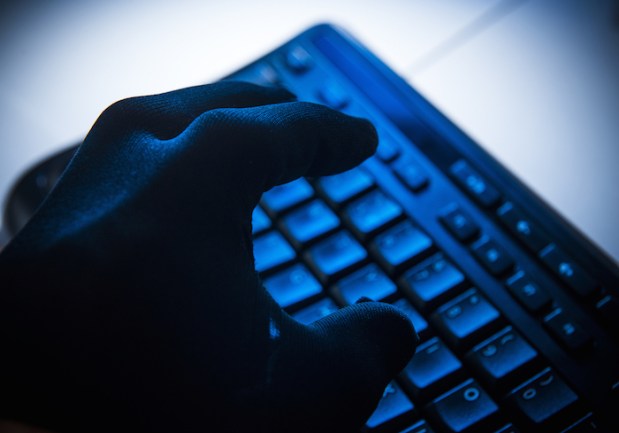The Pentagon’s Plan To Fight Cybercrime

The U.S. Department of Defense is developing a new cybersecurity framework designed to help keep them one step ahead of oncoming cyber threats.
According to the deputy commander of U.S. Cyber Command, the electronic system will detect vulnerabilities associated the military’s computer networks, weapons systems and installations, Reuters reported late last week.
This information may be able to help officials to quickly identify and fix any lapses in the country’s cybersecurity defenses.
Air Force Lt. Gen. Kevin McLaughlin told Reuters the system will eventually be turned into an automated “scorecard” for tracking vulnerabilities to cyber attacks, enabling officials to instantaneously detect and respond to cyber attacks.
He explained that the new scorecard will initially be focused on addressing the most significant threats, such as older weapons systems and newer systems that may not be secure enough.
During the 6th annual Billington Cybersecurity Summit, held on Sept. 17 in Washington, D.C., McLaughlin confirmed the Cyber Command unit has set up nearly half of the 133 planned cyber response teams, totaling 6,200 people. The command expects all of the teams to reach operational capability by the end of next year.
“There’s probably not enough money in the world to fix all those things, but the question is what’s most important, where should we put our resources as we eat the elephant one bite at a time,” he said.
The news of a new electronic system to address cybersecurity vulnerabilities comes at a time when the U.S. Cyber Command is taking even more steps in its efforts to defend against the ever-increasing threat of cyber attacks.
Earlier this month Navy Adm. Michael Rogers, commander of U.S. Cyber Command, released a new vision statement for the military command while emphasizing the need for Cyber Command and its subordinate units to integrate its cyber defense operations into both national security and military efforts.
“Our challenge is to protect the things we value — freedom, liberty, prosperity, intellectual property and personal information — without hindering the free flow of information that fosters growth and intellectual dynamism,” Rogers wrote in the document, titled “Beyond the Build: Delivering Outcomes Through Cyberspace.”
To check out what else is HOT in the world of payments, click here.
